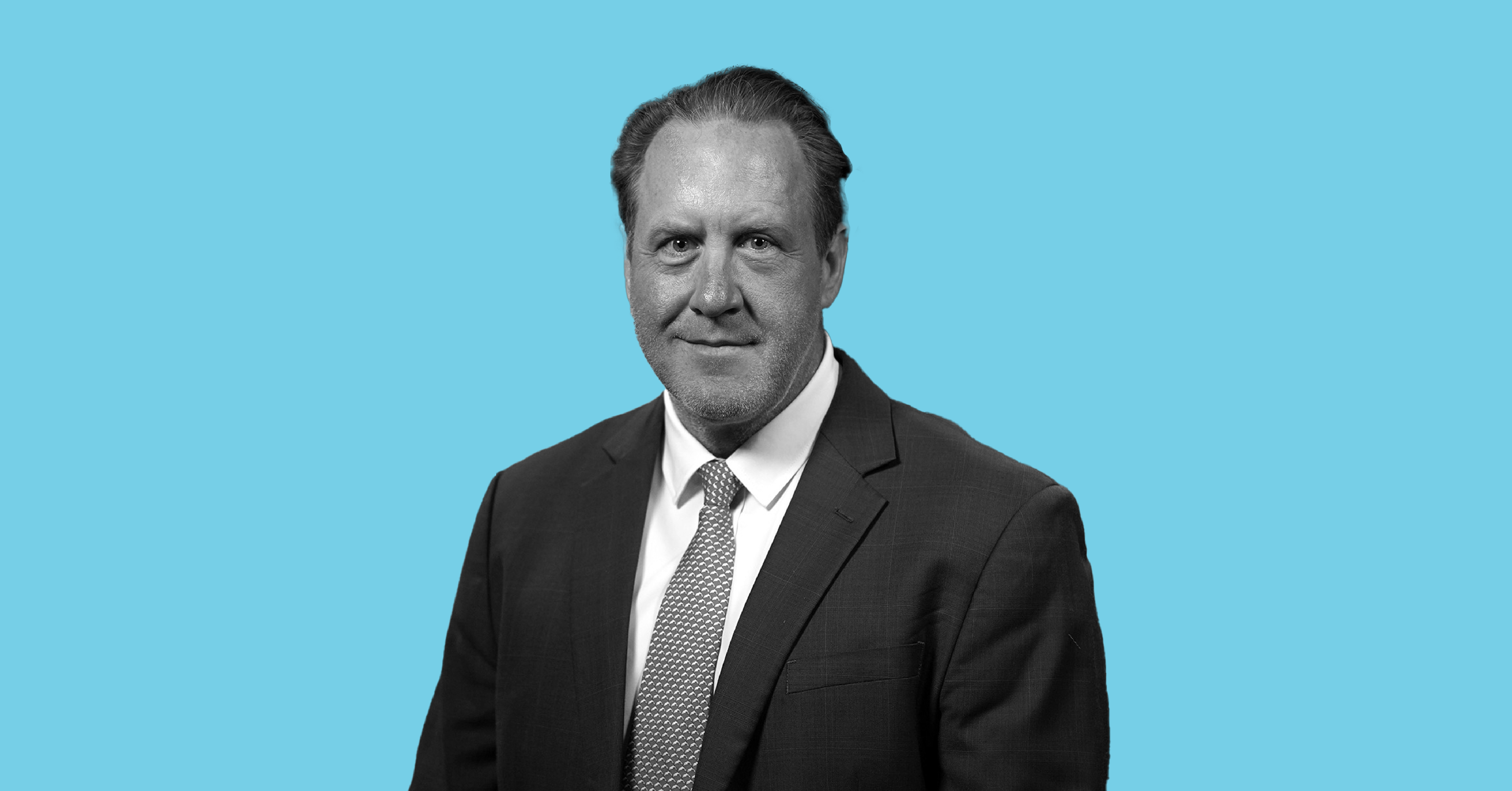A Conversation with Nubia Peña, Utah Division of Multicultural Affairs - Part II

April 1, 2021
We continue our conversation with Nubia Peña, Director of the Utah Division of Multicultural Affairs. You can read Part I here.
We are a year into the pandemic. Where has there been progress and where is there still a lot of work to do?
I’ve been so grateful to see that those at the highest level of leadership recognize that challenges like COVID-19 require a culturally responsive approach that takes into consideration socio, cultural, economic, and historical systems barriers. Because of this, we are now discussing equity in a way that has not always been the practice. Instead of approaching everyone the same way, the conversations are now intentionally considering how to knock down these barriers and effectively reach those most in need so no Utah families are left behind.
An example of this is the recently released, “Striving Towards Equity: Utah’s COVID-19 Vaccine Distribution Roadmap.” Lt. Governor Diedre Henderson shared during her press conference that “this roadmap sets the direction for how to engage in inclusive, responsive, and compassionate practices that recognize the unique needs of historically underserved communities including racially, ethnically, and linguistically diverse populations, those who are experiencing homelessness, people with disabilities, people who live in congregate settings, individuals who are homebound, people who lack access to transportation, our rural and frontier communities, older adults and households without access to computers or the Internet, tribal members, and people who may have a hard time getting off work to get vaccinated.”
The document was created by the Utah Department of Health in partnership with frontline advocates and community health workers that assist the families most in need. These professionals have a firm understanding of the barriers that reduce access to services and can help ensure an equitable distribution for everyone in our state.
Gaps are closing because of the efforts of our cross-sector leaders who are working together to get messaging out in multiple languages and address barriers such as mobility, online navigation, and translation at service sites. As we consider what comes next, we have to continue to focus on equity and consider our most vulnerable so that when we rebuild, we can do so stronger than before.
Looking beyond the pandemic, how do you see the economic development sector elevating and working together to improve equity and inclusion? What’s your advice for EDCUtah investors?
My advice to organizations, economic leaders, and investors who are starting to explore how they can support equity and inclusion efforts is to think and move beyond annual training as our only recourse. Instead, I would encourage that we apply a systems-thinking approach to strategies, invest in under-resourced communities, create a shared vision for equity, diversity, inclusion and access across initiatives so that it is not an isolated effort, and prioritize community-building through proximity and story-telling.
Systems-Thinking: We have to look at the way things have always been done, and then reimagine and re-envision how those policies can be far more inclusive for women, people of color, LGBTQIIA+ individuals, people with disabilities, those reentering the workforce, and those who are generationally and linguistically diverse.
Ask yourself, “Who do our policies prioritize? Who do they exclude? Can we uproot and eliminate the stumbling blocks? What is preventing us from creating a workplace culture where diversity can thrive, where authentic engagement is welcome, where representation matters and is valued?”
A structural systemic shift is required. It is absolutely imperative to professionally develop our workforce to understand how to address bias and engage with diverse communities, but we also have to consider what needs to change organizationally so we don’t continue to perpetuate systems of exclusion and oppression. We should also be mindful of well-intended initiatives that create collateral consequences. For example, organizations creating employee affinity groups will often ask the sole diverse member to lead and plan initiatives for that group without additional compensation, administrative support, or consideration of their other work duties. What was developed with good intentions to create greater inclusion, could become exploitative and can affect our retention of diverse talent.
Investment: As we move forward with Utah’s economic development and sustainability plan, we also need to acknowledge that none of the inequities we’re seeing during the pandemic are surprising. The disparities in healthcare access, unemployment, housing attainability, and academic achievement pre-existed COVID-19, but they have now been compounded, magnified, and amplified by the public health crisis.
To advance racial equity and economic inclusion, it is critical that we invest in historically underinvested communities by advocating for equitable funding opportunities, capital distribution, and resource allocation. Creating targeted and holistic mentorship, internship, scholarship, and apprenticeship programs that engage underrepresented groups for upward mobility and professional development, can show that your business brand is doing more than just making a statement of solidarity.
In addition, a national study released by the W.K. Kellogg Foundation shows that the U.S. economy could be $8 trillion larger by 2050 if the country invested in historically under-resourced communities. If we take the necessary steps to advance racial equity and work to eliminate racial disparities in health, education, incarceration, and employment, the report projects a tremendous boost to the country’s workforce, as well as consumer spending.
Organizational Commitment: When trying to prioritize the value and need of equity, diversity, inclusion and access, it is important to have a shared vision with buy-in across the organization. By engaging your stakeholders, executives, line managers, employees, support staff, and board members, you can begin to cultivate equity practices as part of your organization’s DNA versus siloed initiatives that surface once a year during mandatory training.
It is important to note, however, that this is not an easy thing to do. There is no one formula that provides a quick fix to cultivate inclusion and eliminate systemic barriers. According to Operationalizing Racial Justice in Non-Profit Organizations, “Doing this work organizationally is about building internal will...It is about taking risks in word and deed. It is about working with integrity and being accountable to people and communities most impacted by structural racism.”
Moving beyond the training mentality will require a long-term, deep-dive commitment that is built into the larger strategic plan. Priorities will need to be revisited often to consider progress and alignment and reviewed by accountability partners from diverse communities to ensure we amplify voices from historically and systematically marginalized populations. This is an invitation and a call to courageously lead and stay committed to the work, even when discomfort arises and tension exists.
Community-Building: In our work at MCA, we believe that proximity and story-telling have the power to breed compassion, inspire empathy, and disrupt misconceptions. It can also create greater understanding, unify fractured communities, and encourage relationship-building with people who are different from us.
Part of the work of healing the divide is the need for more inclusive narratives that highlight the beauty, strength, struggles, complexity, and commonalities of our diverse humanity. Organizations can incorporate proximity and story-telling into their team building and networking experiences so that people can learn to value difference, which is often feared and misunderstood. Sharing truths and narratives necessitates vulnerability. This allows for the exchange of emotion and experience, and engenders deeper understanding, which can lead to nurturing spaces where people feel like they belong, are respected, and can contribute to the organization's culture. (AAIHS, 2017).
What is your message to the site selectors that EDCUtah works with, many of whom have ingrained perceptions of Utah’s diversity? What is Utah’s trajectory? Where do you hope we’ll be in five years?
I would encourage them to look at the data because Utah is trending upwards in diversity. The Kem C. Gardner Policy Institute released a report in 2019 that projects Utah’s demographics will drastically change in the next forty years. One out of every three people in the state will be a person of color by 2065.
We are currently home to 14.2% of Latino/x people, our largest racially and ethnically diverse group in the state, and also among the most entrepreneurial. According to Pew Research, the financial impact of Latino/x population is about $1 trillion nationwide. In Utah, there are more than 25,000 Hispanic business owners, who together, are contributing more than $9.6 billion to the local economy every year. (Utah Business, 2020).
And while the Hispanic or Latino/x population is the largest racially and ethnically diverse group in Utah, other groups have had more significant increases in population since the 2010 Census. Utah’s Asian population grew by 48.5% between 2010 and 2018 estimates. The Two or More Races population also had an increase of 42.5%. (Utah Economic Council, 2020).
So again, our demographics are changing, and corpoations shouldn’t dismiss Utah based on our numbers. Forbes has even ranked Utah the Best State for Business six times since 2010. (Entrepreneur, 2018)
Investors should also consider that their employees would have an opportunity to have a high-quality life in our state– affordable housing prices, reasonable commute times, outdoor resources and recreation, family-friendly culture, and so on. It’s just a great place to live and I can only imagine that Utah will continue to get better with diverse businesses choosing us as their next home base.






